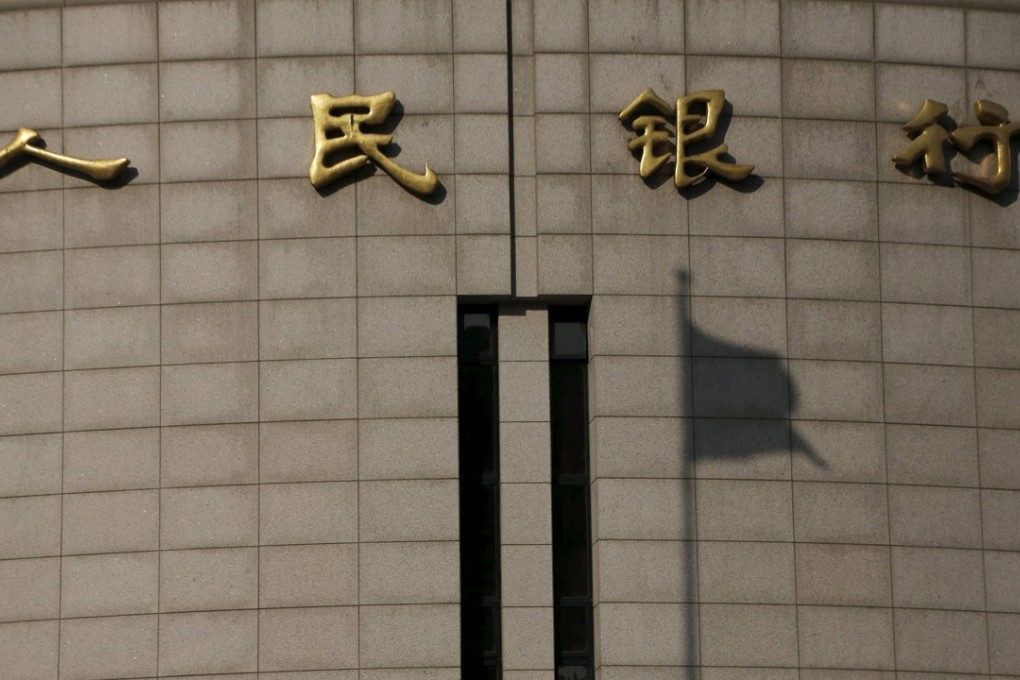China’s central bank likely to usher in more currency depreciation after Lunar New Year
Persistent capital outflows among factors weighing on yuan

While everyone is pointing fingers at the People’s Bank of China, they should realise it is not the US Federal Reserve, analysts say.
Pressure is lingering for more depreciation of the yuan and China’s central bank is likely to make another attempt at devaluation after the Lunar New Year, following earlier ones in August and last month, analysts said.
Offshore yuan fell to a three-week low of 6.6203 against the US dollar on Monday, after Japan took global investors by surprise by announcing on Friday it would cut interest rates below zero, and dropped further to 6.6423 on Wednesday morning.
In mid-January, the PBOC lifted the offshore yuan from a five-year low of 6.7128 and since then has been sending “stable” signals. In the first two weeks of the year, the central bank had set the yuan’s daily guiding mid-price weaker, but the move sparked wild expectations of yuan devaluation, accompanied by panicked capital outflow. The same thing happened after August 11, when it set the fixing 2 per cent weaker.
“Beijing may have been testing the water. It is unlikely that China will adopt a one-off devaluation,” said Aidan Yao, senior emerging Asia economist of AXA Investment Managers. “It seems more inclined to do it step by step – move downward a bit and observe the market reaction, and then decide what next.”
It is unlikely that China will adopt a one-off devaluation
However, he said, the reaction to the moves in August and January showed the market tended to interpret the active devaluation of the yuan as a hard-landing signal for China. That was something Beijing could not accept and that’s why it intervened, he said.